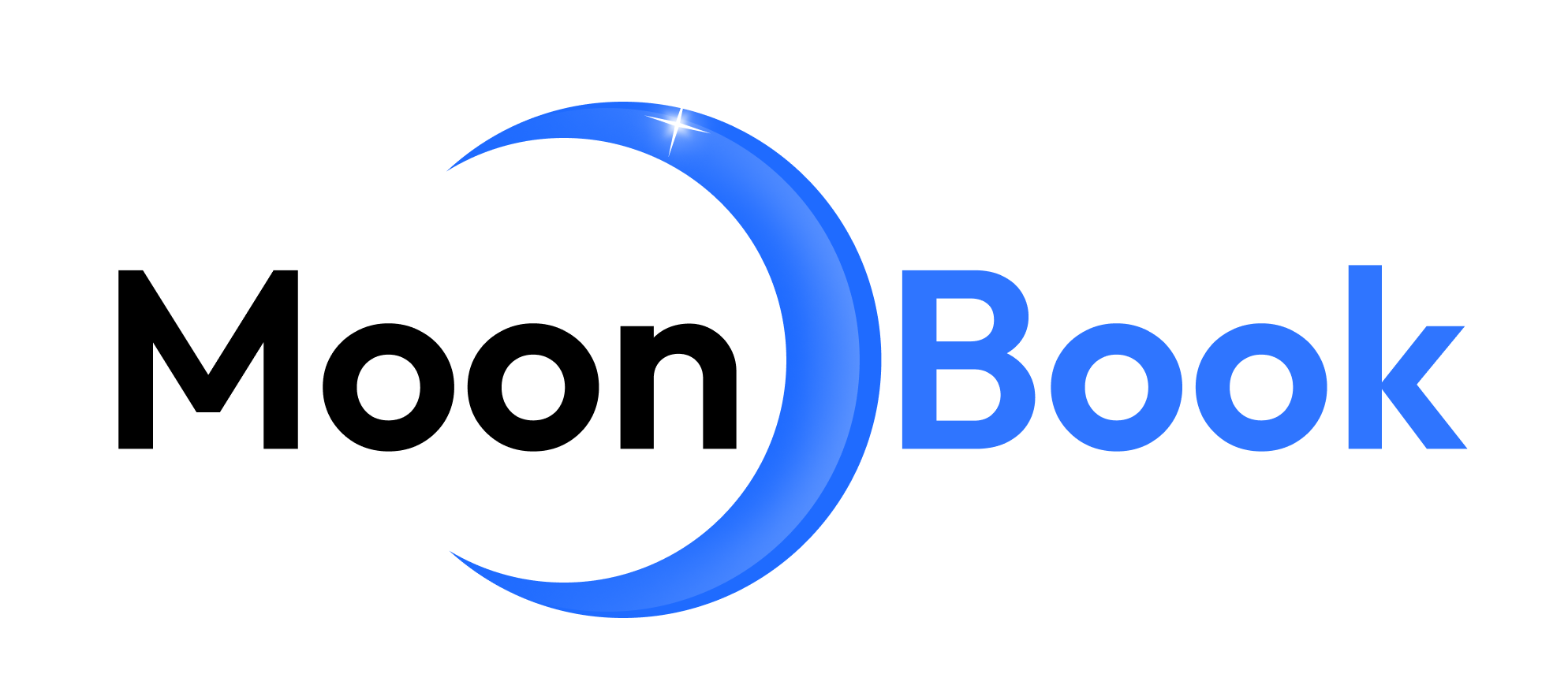In the competitive world of digital marketing, ranking high on search engines is not just about backlinks or paid ads — it starts with on-page SEO. This fundamental process ensures that every element on your on page seo website is optimized to attract visitors, improve search visibility, and deliver a seamless user experience. When implemented correctly, on-page SEO helps search engines understand your content and match it to the right audience.
What Is On-Page SEO?
On-page SEO, also known as on-site SEO, refers to all the techniques used to optimize the content and structure of your web pages for better rankings on search engines. Unlike off-page SEO — which focuses on backlinks and external signals — on-page SEO deals with everything you can directly control within your website.
It includes optimizing your titles, meta descriptions, headings, content, images, URLs, and internal links to ensure that search engines can properly crawl, index, and rank your pages.
Why On-Page SEO Matters
Search engines like Google use sophisticated algorithms to evaluate websites. On-page SEO ensures your content is clear, relevant, and valuable — all factors that influence how high your pages appear in search results.
Here’s why it’s crucial:
-
Improves search rankings by aligning with Google’s ranking factors.
-
Enhances user experience through fast, mobile-friendly, and easy-to-read content.
-
Increases organic traffic by targeting relevant keywords your audience searches for.
-
Boosts conversion rates by attracting the right visitors and guiding them toward action.
Key Elements of On-Page SEO
1. Title Tags
The title tag is one of the strongest on-page SEO signals. It tells search engines what your page is about and is the first thing users see in search results.
Tips:
-
Keep it under 60 characters.
-
Include the target keyword near the beginning.
-
Make it clear, relevant, and engaging.
2. Meta Descriptions
Although not a direct ranking factor, a compelling meta description increases click-through rates.
Tips:
-
Limit it to 150–160 characters.
-
Include a focus keyword and a call to action.
-
Make it informative and appealing to users.
3. Header Tags (H1, H2, H3, etc.)
Header tags organize your content and make it easy to read.
-
H1: Should include your main keyword and describe the page’s topic.
-
H2 & H3: Use them for subtopics, supporting ideas, and related keywords.
4. URL Structure
A clean and descriptive URL improves SEO and user experience.
Example:
✅ www.example.com/on-page-seo
❌ www.example.com/post?id=12345
5. Keyword Optimization
Your keywords should appear naturally throughout your content — in the title, first off page seo paragraph, subheadings, and meta tags. Avoid keyword stuffing; focus on clarity and readability.
6. Internal Linking
Linking to other pages within your website helps search engines discover more of your content and keeps users engaged longer. Use descriptive anchor text that indicates what the linked page is about.
7. Image Optimization
Images improve visual appeal but can slow down your site if not optimized.
Tips:
-
Compress images for faster loading.
-
Use descriptive file names.
-
Add alt text with relevant keywords for accessibility and SEO.
8. Mobile-Friendliness
With mobile-first indexing, Google prioritizes mobile-optimized websites. Ensure your design is responsive and that content adjusts smoothly to different screen sizes.
9. Page Speed
A fast-loading website enhances user experience and reduces bounce rates. Tools like Google PageSpeed Insights and GTmetrix can help identify performance issues such as uncompressed images or slow server response times.
10. Content Quality
Quality content is at the heart of on-page SEO. Search engines reward pages that provide value, answer user intent, and are well-structured.
Tips for better content:
-
Write for humans first, search engines second.
-
Keep paragraphs short and readable.
-
Use visuals, lists, and examples to enhance clarity.
-
Update old content regularly.
Additional On-Page SEO Factors
-
Use HTTPS: A secure site builds trust and is a ranking factor.
-
Add Schema Markup: Structured data helps search engines display rich results (like reviews or FAQs).
-
Optimize for User Engagement: Encourage users to spend more time on your page by including videos, infographics, and related content links.
Conclusion
On-page SEO is the foundation of every successful SEO strategy. By optimizing each page element — from titles and content to speed and structure — you create a website that’s both user-friendly and search-engine-ready. Remember, SEO isn’t a one-time task; it’s an ongoing process that requires regular analysis, updates, and improvements. When done right, on-page SEO drives long-term traffic, better rankings, and stronger online credibility.



